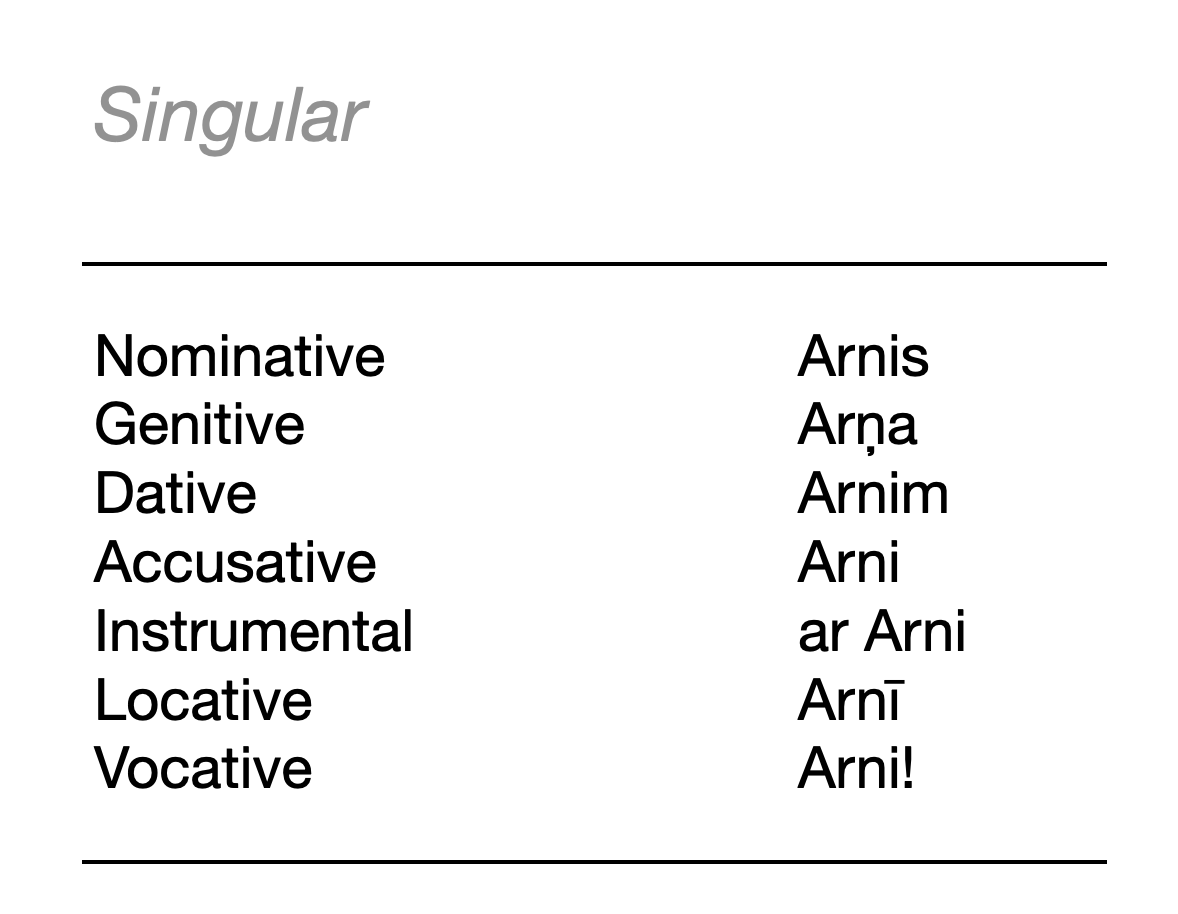Latvian actress Raimonda Vazdika has had a long and distinguished career, which is still going strong after many decades in theater and performance. Besides being an accomplished actress, someone who has performed many kinds of roles – from small, independent theaters to larger national venues, she also writes poetry and songs, and has recorded multiple solo albums and has multiple published poetry collections.
Her albums include 2001’s Labākās Dienas (which features what may be her most popular song, the wistful and touching ‘Apsoli man neko’), and Vazdika returned in 2022 with her latest album – Vēstules rokrakstā smalkā – a collection of fourteen songs recorded between 2018 and 2020.
Joining Vazdika are the musical members of her “Dzīve virs jumtiem” show – guitarists Ilze Grunte (who also arranged all the songs) and Arnolds Kārklis, Uģis Vītiņš on synthesizers, bass guitarist Ivo Stankevičs or ‘Skrips’ (who sadly passed away in 2021) and drummer Mārtiņš Linde, all of whom work together to bring Vazdika’s dreamy, deeply personal songs to life.
For her songs, Vazdika uses not only her own poetry, but also the works of modern Latvian poets, such as Imants Ziedonis. This is used to great effect in songs like ‘Kaija’, Ziedonis’ ode to a seagull. Vazdika’s interpretation of the poetry results in a gently flowing and melodic performance. This is a newer recording of an older song (the song first appeared on Labākās Dienas, but that version was performed by actor Ivars Stonins).
The theme of birds and flight appear throughout the album, perhaps reflecting Vazdika’s free spirit, and can be heard in songs such as the reserved and contemplative ‘Pirms dzērves projām dodas’ (poetry by Ziedonis) and the spirited ‘Putnu būrītim jumts nobraucis’.
Themes of melancholy and sadness are present throughout many of the songs, such as the undulating ‘Dziļi aprakts viss’, and the somber ‘Laika logs’. However, there are uplifting moments, such as on the waltz-like ‘Visu labu’ and the light French touch on ‘Pirmspēdējais valsis’. There are hopeful interludes as well, such as ‘Manam sargeņģelim’, a tender, fragile song about a guardian angel.
At times refined and delicate, others melancholy and pensive, the songs on Vēstules rokrakstā smalkā are woven together by Raimonda Vazdika’s rich alto voice and expressive vocals. Vazdika’s words reveal a lifetime of experiences, with the occasional twinge of bitterness, but not lacking in optimism. Backed up by a talented group of musicians that, through Ilze Grunte’s arrangements, create an immersive musical atmosphere, Vazdika’s intimate and melodic songs make for engrossing and captivating listening.
For further information, please visit the Lauska Raimonda Vazdika page.
Vēstules rokrakstā smalkā
Raimonda Vazdika
Lauska, CD07, 2022
Track listing:
- Kaija
- Pirms dzērves projām dodas
- Putnu būrītim jumts nobraucis
- Pēc ziemas nāk ziema
- Ir tādi cilvēki
- Pasaciņa
- Nav zināms
- Laika logs
- Pirmspēdējais valsis
- Dziļi aprakts viss
- Visu labu
- Tas skumjais klauns
- Manam sargeņģelim
- Nav jārunā





